Tech: How do Hybrid & Plug-in Hybrid Batteries Recharge? Do I Need to Plug a Hybrid In?
Clean Fleet Report
JANUARY 24, 2023
Regular Hybrids Regular hybrids recharge their onboard nickel-metal hydride or lithium-ion battery packs by reclaiming energy through a process called regenerative braking. This is accomplished by using a much larger, more powerful lithium-ion battery pack. Here’s a brief overview. Do I Need to Plug a Hybrid In?

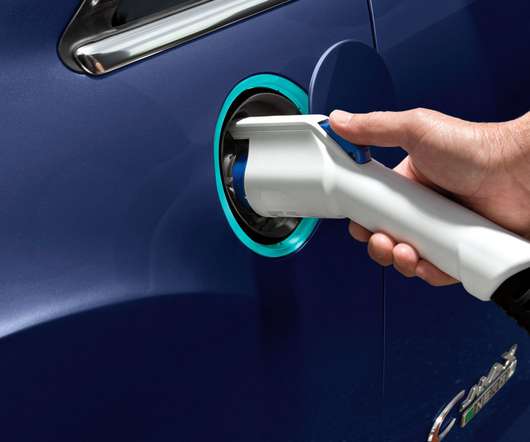















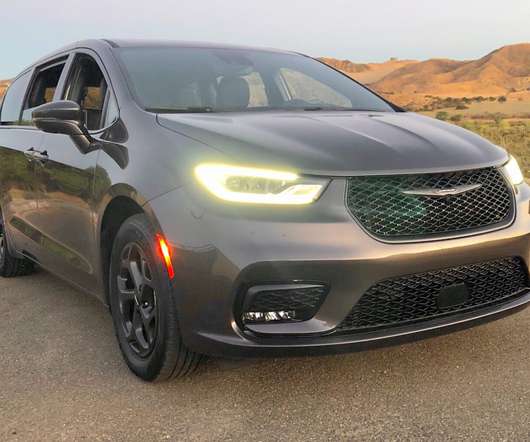


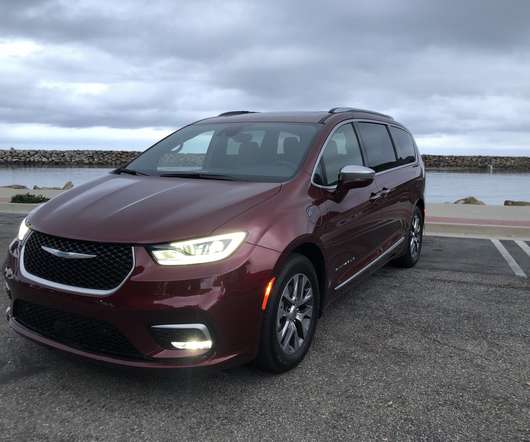




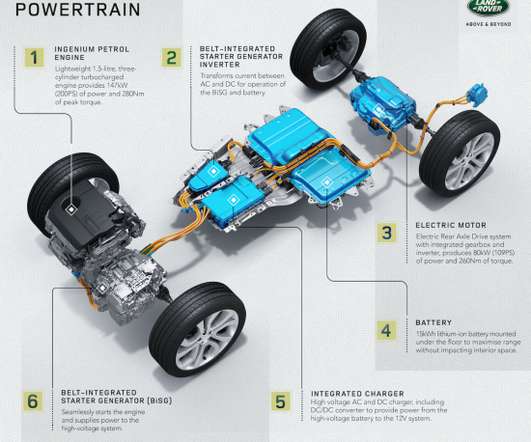




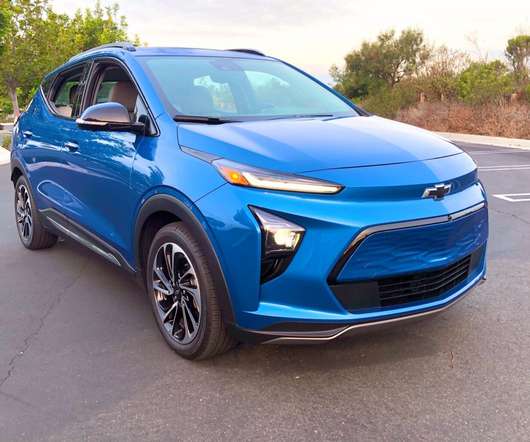
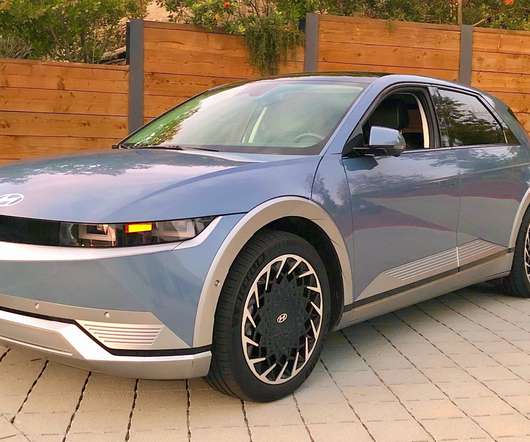

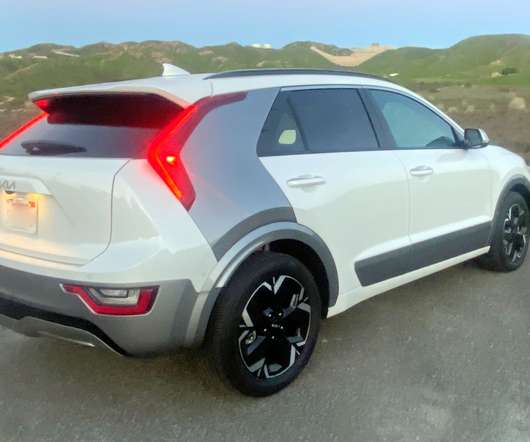
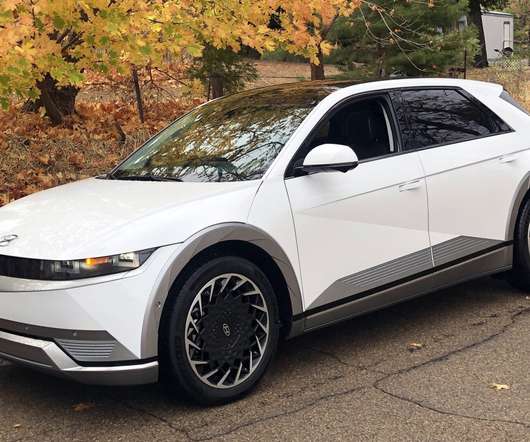

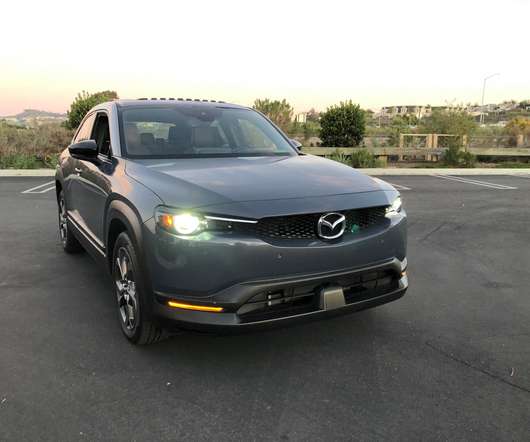







Let's personalize your content